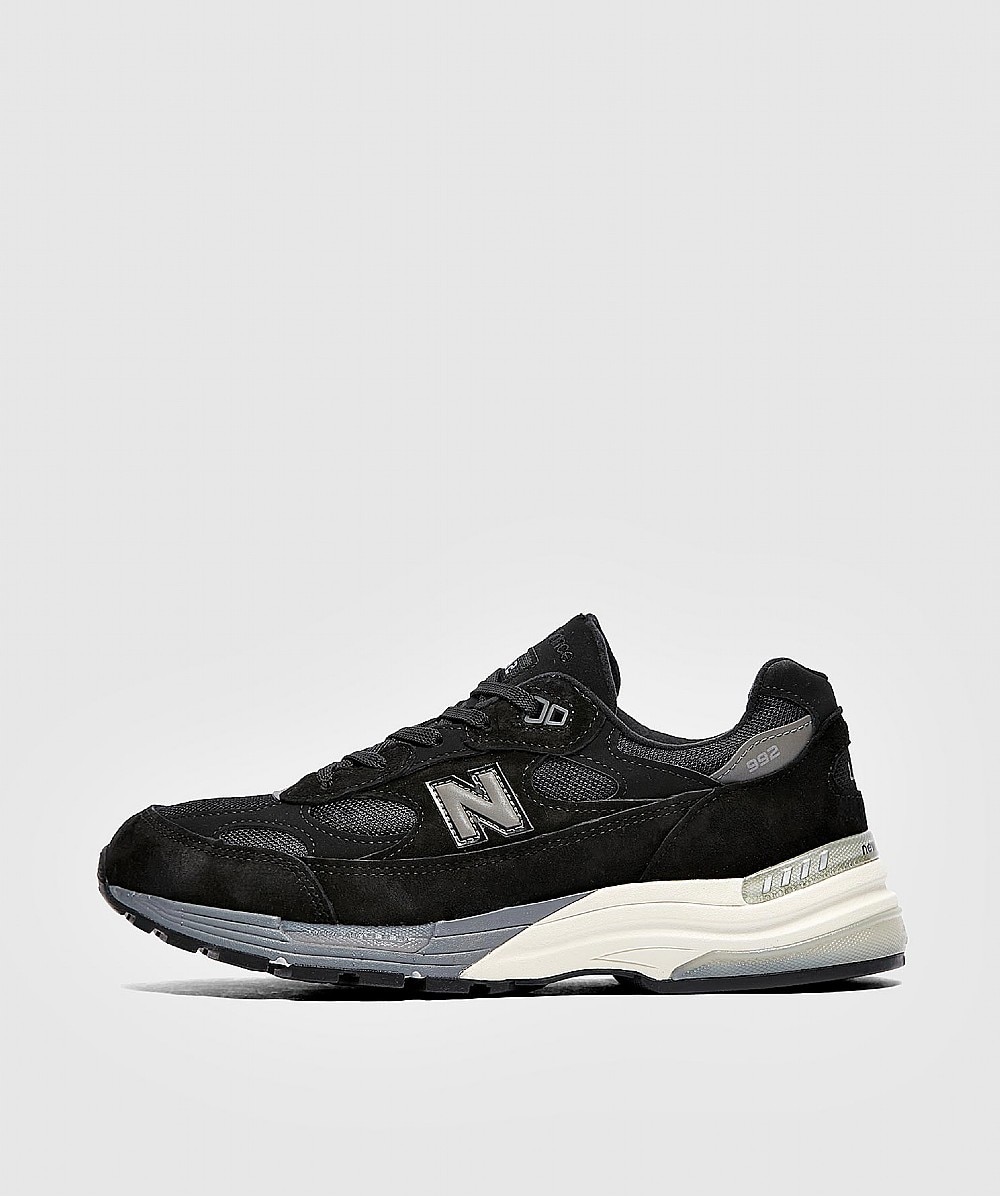Nike Air Force 1 07 White
Nike’s white on white Air Force 1 is about as iconic as it gets. The archival basketball sneaker turned street icon has a legacy that’s still evolving, and it’s easy to see why. This pair is made from premium leather — as you’d expect — and has a chunky Air cushioned sole that provides comfort both on and off the court.
Nike’s white on white Air Force 1 is about as iconic as it gets. The archival basketball sneaker turned street icon has a legacy that’s still evolving, and it’s easy to see why. This pair is made from premium leather — as you’d expect — and has a chunky Air cushioned sole that provides comfort both on and off the court.
- Leather Uppers
- Foam Midsole
- Air Cushioning
- Rubber Outsole
- Style Code: CW2288-111




)

Reviews
There are no reviews yet.